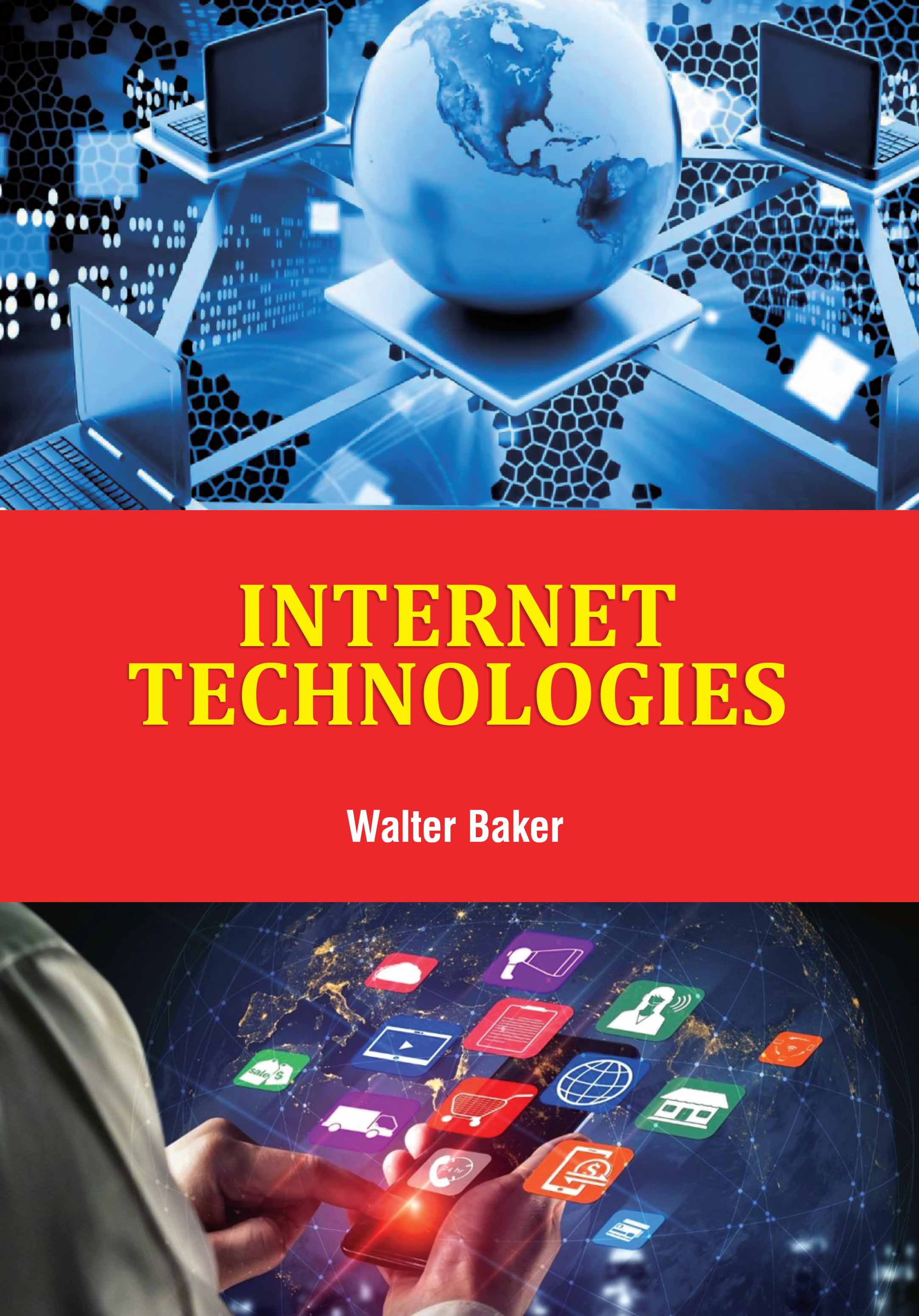About This Book
Engineering Mathematics is a specialized branch of mathematics that provides essential tools and
techniques used to solve practical engineering problems. It combines theoretical concepts with realworld
applications in fields such as electrical, mechanical, civil, and computer engineering. Topics
commonly covered in engineering mathematics include calculus, differential equations, linear algebra,
complex analysis, Laplace and Fourier transforms, numerical methods, and probability and statistics.
These mathematical tools help engineers model, analyze, and design systems efficiently. For example,
differential equations describe how systems evolve over time, which is crucial in fields like control
systems and fluid dynamics. Linear algebra is used extensively in computer graphics, circuit analysis, and
structural engineering. Numerical methods are employed when exact solutions are difficult to obtain,
making computations feasible and accurate for large-scale engineering problems. Engineering
mathematics not only enhances problem-solving and analytical thinking but also bridges the gap
between theory and application. It empowers engineers to optimize systems, reduce errors, and
innovate in design. Whether it's designing a bridge, simulating climate conditions, or programming a
robotic arm, engineering mathematics is the foundation that makes modern technological
advancements possible. Mastery of this subject is essential for any engineering student aiming to
succeed in a competitive, innovation-driven world. Engineering Mathematics offers a comprehensive
approach to mathematical concepts essential for solving real-world engineering problems across
various disciplines.
Contents: 1. An Introduction to Mathematical Engineering, 2. Laplace Transforms and Functions,
3. Techniques for Applying Fourier Transforms in Fourier Series Expansion, 4. Mathematical Tests for
Absolute and Conditional Convergence, 5. Theory of Boolean Algebra Expressions, 6. Mathematical
Models, 7. Functions of Complex Variable, 8. Numerical Methods and Operator.

